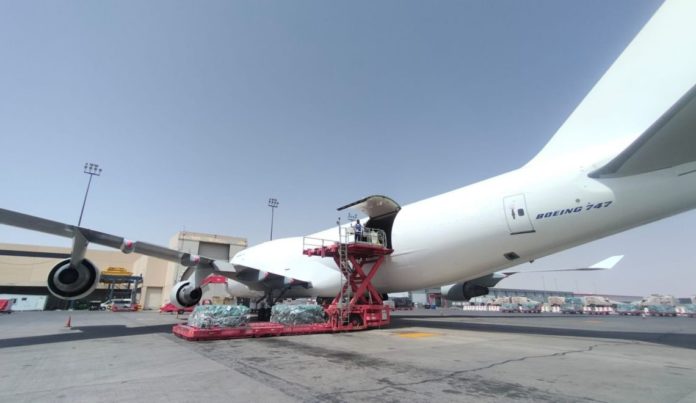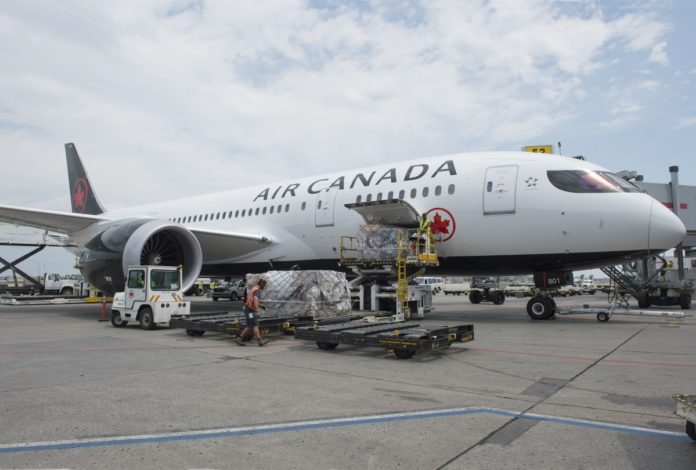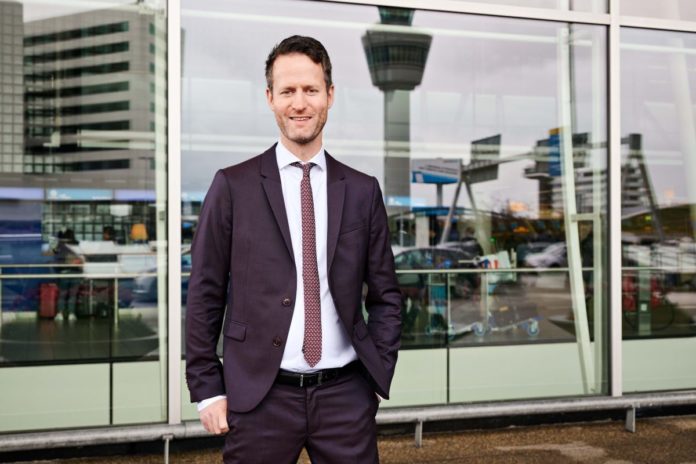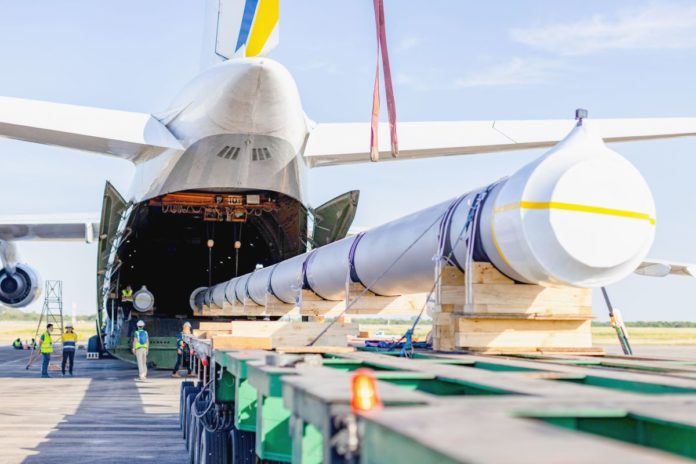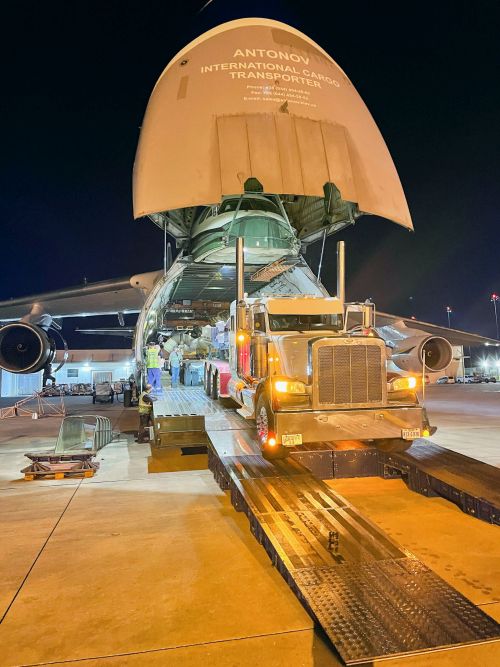Air broker Air Charter Service has been working around the clock to arrange aid charters to Libya following the catastrophic floods in the country.
By 21 September it had already chartered aircraft carrying over 500 tons to the country, with more to follow in the coming days.
Director for government and humanitarian services, Ben Dinsdale, said: “At the weekend we had our first flights to Libya, into Benghazi, Al Abraq and Tobruk airports, with several more booked over the coming days. They mostly are carrying aid including shelter equipment, such as tarpaulins, tents and sleeping bags, as well as water purification tablets.
“Our European and Middle East offices have been the busiest in arranging these charters and so far we have used a variety of aircraft, including Boeing 747, Airbus A300 and Ilyushin IL-76. We are still receiving requests now, but the rate at which they are coming in has slowed down.”
Storm Daniel came just a week an earthquake hit another North African country, Morocco.
Dinsdale continued: “It seems unbelievable that there were two such devastating natural disasters, so near to each other geographically and in such a short period of time – I can’t remember anything remotely similar to this happening before. We were at the stage of trying to arrange a number of search and rescue flights into Morocco when the Moroccan government announced that it had restricted aid senders to just four governments. Then we heard about Libya, and most governments’ and NGOs’ attention turned to helping the victims there.”







